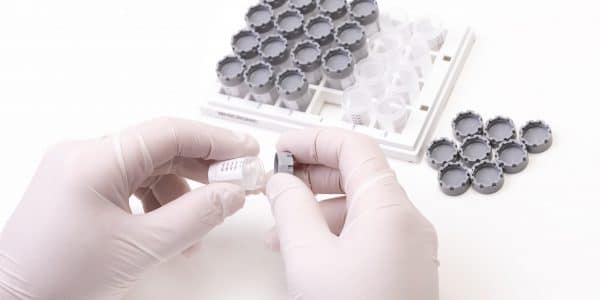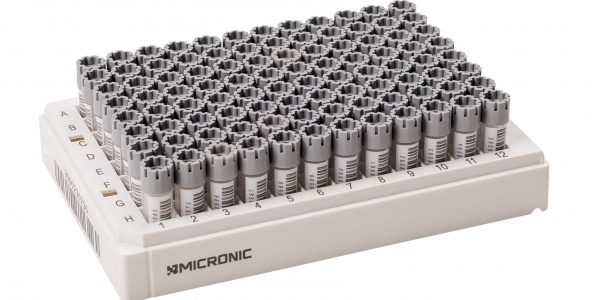

What does each cap color say about your sample?
During the collection, processing and storage of samples, sample traceability is crucial. While most laboratories use 1D and 2D barcodes on sample tubes to ensure traceability of samples, cap color inspection will further promote the tube identification process. Colors are being used for various purposes. It can convey structure or improve object recognition, but above all it can speed up visual search. A cap color is something that is immediately recognized and for labs with different kinds of samples and research purposes, this could also be an efficient way to recognize the sample according to the cap color.
Color coding blood samples
Regarding the sample storage process of blood samples – it starts with blood collection. The commonly used test tubes for collecting high volume blood samples are vacuum containers. These test tubes have colored caps indicating additives that may have been added to pre-treat the blood or to preserve it for processing. These additives may consist of anticoagulants (e.g. ACD, EDTA or Potassium Oxalate), a gel with intermediate density between blood cells and serum or substances that preserve certain chemicals or substances within the blood (e.g. Glucose). The collected blood samples are used for blood tests and subsequent short-term storage (laboratories), or long-term storage (biobanks).
The transfer of the blood samples from vacuum containers into smaller sample storage tubes for biobanking results in the loss of the advantage of visual identification by cap color. To still be able to identify the aliquots by cap color inspection or to ensure that aliquots can be traced back to parent samples, Micronic offers a standard cap color solution for 96-, 48- and 24-format sample storage tubes. This solution is related to the cap colors of vacuum containers. To each type of blood sample (i.e. additive which is present to pre-treat or preserve the blood), a cap color is assigned.
Color scheme
What we have seen so far is that certain colors can correspond with certain research purposes and sample types. Micronic created a possible cap color coding scheme that can be used to distinguish between type of additive, research purpose and sample. Fill out the form and download the color scheme below.
Tech Note Cap Color Coding
Download the full tech note about cap color coding

